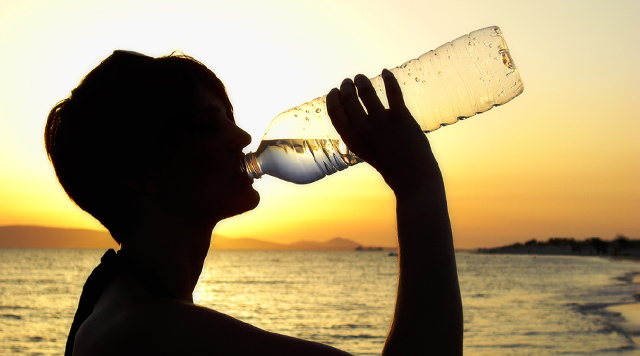
Refrigerator is a common household electric appliances for every families.But a suitable size refrigerator is very important for us.What should we do on dimension a size of refrigerator?There has some useful tips you have to know about refrigerators.
Top-Mount Freezers
Top-mount refrigerators, which place the freezer at eye level and the fresh food compartment below, are the traditional style. Most top-mount refrigerator/freezer units range from about 23 to 36 inches in width, 65 to 69 inches in height, and 24 to 33 inches in depth. In addition, it will have an interior volume of between 10 and 25 cubic feet, with between 7.5 and 18 cubic feet (the majority) in the fridge part alone.
Side-by-Side Units
The side-by-side refrigerator features two vertical doors with the fresh food compartment on one side and the frozen food on the other. The typical side-by-side refrigerator measures between 30 and 36 inches in width, 67 and 70 inches in height and from 29 to 35 inches in depth. Total volume ranges from 22.5 to 31 cubic feet, with 14.5 to 20 cubic feet in the refrigerator portion. Built-in models may prove a little larger.
Other Refrigerator Styles
If you choose another type of refrigerator, such as one with the freezer on the bottom, the sizes are still fairly typical. With few exceptions, a standard refrigerator will fall near the sizes for side-by-side or freezer-on-top models.







































